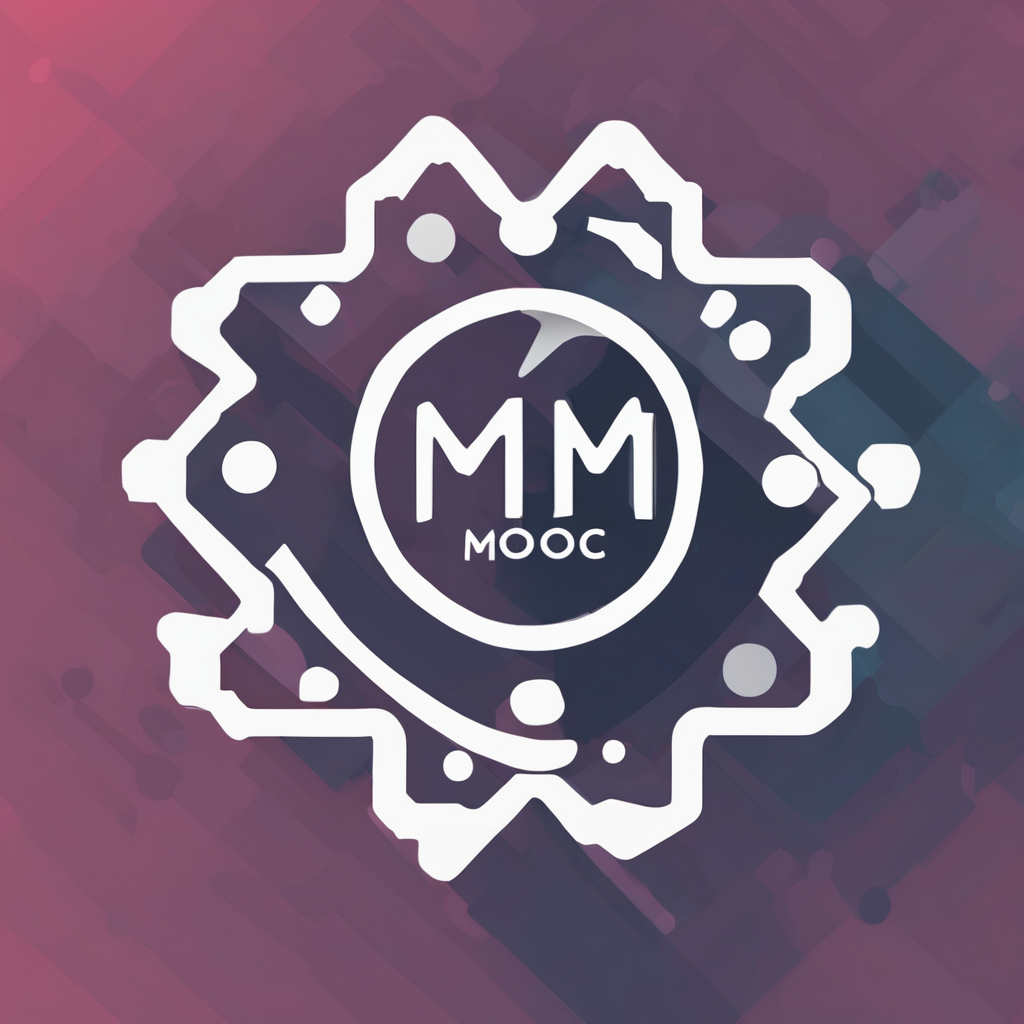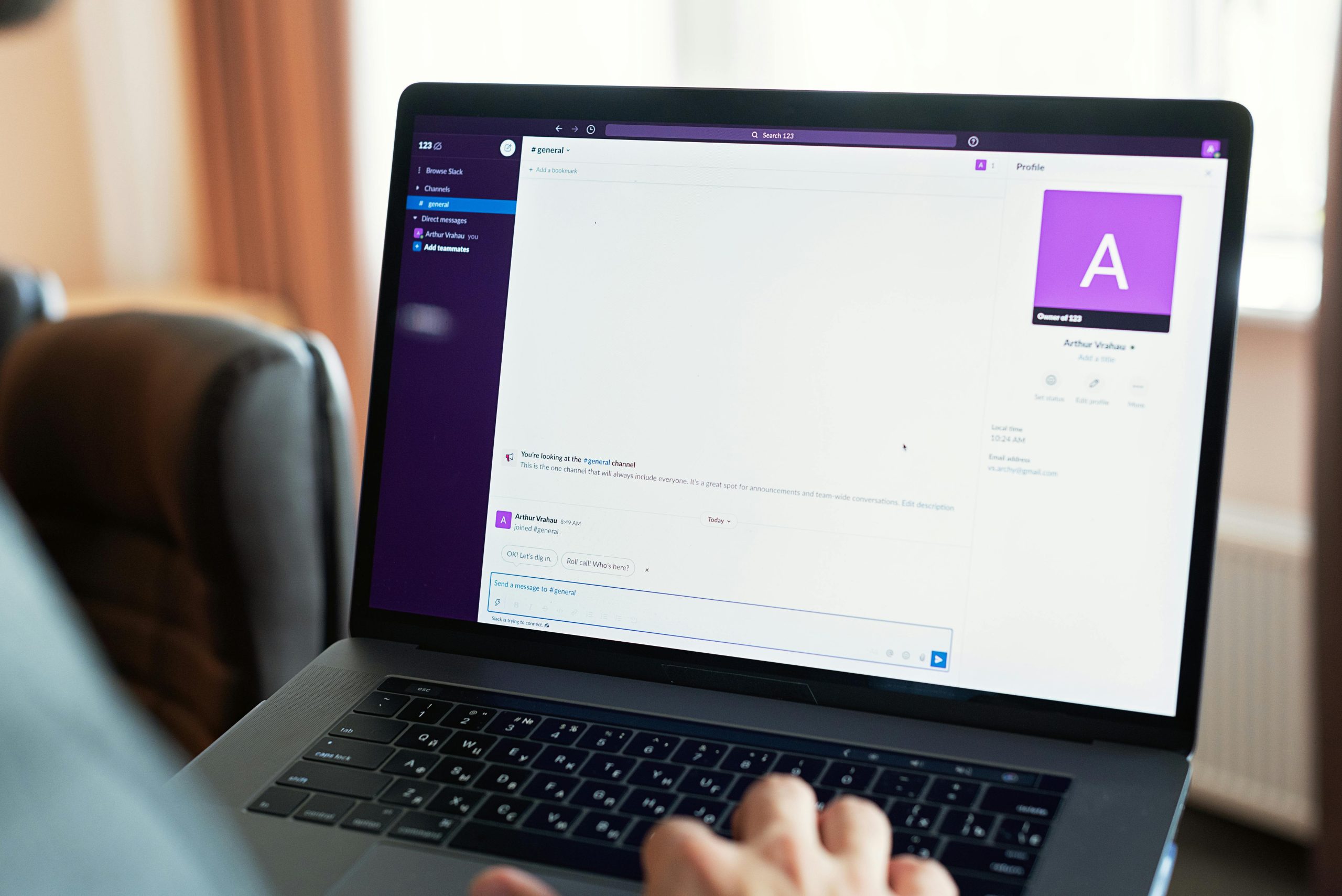A/B testing reveals which website or marketing change truly drives better results by comparing variants in real time. Understanding its methodology and tools allows you to unlock your conversion potential with data-backed decisions rather than guesswork. Learn how carefully designed experiments, proper segmentation, and statistical analysis combine to optimize user experience and boost performance effectively.
Understanding and Implementing A/B Testing: Essentials and Methodologies
A/B testing, rooted in randomized controlled trials, is a structured experimental design fundamental to digital marketing and product development. You can view more details on this page: https://www.kameleoon.com/ab-testing. This method involves directly comparing two or more content variants such as different call-to-action buttons, web layouts, or email subject lines by splitting user traffic and observing which leads to superior outcomes. The objective is to replace guesswork with evidence, letting real user behavior indicate what truly works.
In the same genre : Transform your videos instantly using top ai video makers
The process begins with thorough data collection using tools like analytics dashboards or heatmaps to identify areas of friction. Next, marketers craft a clear hypothesis such as, “Changing the signup button color will boost registrations.” Rigorous variation creation follows, where alternate versions are prepared without altering multiple variables at once. Users are randomly assigned to each version to ensure fairness and reduce bias, a step essential to trustworthy experimentation.
Rigorous statistical significance testing using approaches like Z-test, Student’s t-test, or Bayesian inference helps sift signal from noise and avoid premature conclusions. Sample size calculators and power analyses ensure enough data is gathered before making final calls. Interpretation goes beyond declaring a winner: teams explore segmented performance (e.g., differences between user groups), potential false positives, and secondary metrics. Adhering to best practices means thoughtfully planning the experiment, monitoring in real time, and iterating based on insights rather than assumptions.
In the same genre : What benefits does machine learning bring to UK marketing analytics?
Practical Application: Tools, Techniques, and Statistical Rigor
Selecting and Comparing Leading A/B and Split Testing Tools
Testing tools comparison must focus on versatility, statistical significance in experiments, and support for diverse experiment types. Today’s best software for testing variants handles web, mobile, and server-side testing, letting marketers and developers use either client-side testing (fast setup, great for minor visual tweaks) or server-side testing (deeper changes, fit for robust engineering teams). The Google Optimize platform features robust visitor segmentation in experiment design and seamless Google Analytics integration, although it is being phased out. The VWO testing tool overview highlights its Bayesian statistics and visual editor for non-technical users, while https://www.kameleoon.com/ab-testing stands out for handling simultaneous multiple test designs at scale.
Structuring Experiments for Statistical Validity
Before launching tests, calculating sample size for tests and ensuring statistical significance in experiments ensures reliable insights. Marketers should practice hypothesis-driven marketing tactics writing clear, testable statements focused on measurable changes. Interpreting p-values in marketing tests is core to understanding whether results reflect genuine performance differences, not random chance. Segmentation in experiment design enables tailored insights, ensuring test results apply to relevant user groups instead of general averages.
Best Practices for Execution
Ensure randomization, use proper controls, and focus on data quality to avoid bias. Clear goal-setting, regular monitoring of statistical significance in experiments, and actionable interpretation of test data (such as p-value evaluation) make your experiments powerful contributors to conversion optimization.
Advanced Insights, Case Studies, and Common Challenges
Industry Case Studies: ROI Gains and User Experience Breakthroughs
Examining case studies on marketing tests reveals clear ROI improvements for tech leaders, retailers, and SaaS firms. Booking.com’s continuous testing culture, for example, boosted sign-ups by refining landing page optimization strategies showing how incremental changes drive major outcomes. Amazon routinely analyzes real-world A/B testing examples, identifying tweaks to purchase flows that reduce abandonment and lift revenue. Meanwhile, Microsoft leverages ecommerce testing approaches and mobile app A/B experiments to innovate efficiently, often demonstrating how improving ad campaign performance with tests influences channel allocation and spend.
Navigating Pitfalls: Variance, Sample Size, and Test Design
Challenges persist, from common pitfalls in testing design to handling small sample sizes and mid-test changes. Even compelling SEO split testing strategies can produce inconclusive results if test durations or user segmentation are flawed. To avoid misleading insights, teams must build rigorous experimental frameworks, utilizing continuous experimentation processes and robust marketing data analysis techniques for validity.
Building a Culture of Experimentation
Embedding experimentation means more than running tests; it’s about cross-functional collaboration and iterative learning. High-performing organizations integrate landing page optimization strategies and continuous experimentation processes into analytics, product, and marketing routines showcasing that iterative adaptation, informed by real-world A/B testing examples, yields the most sustainable growth.




